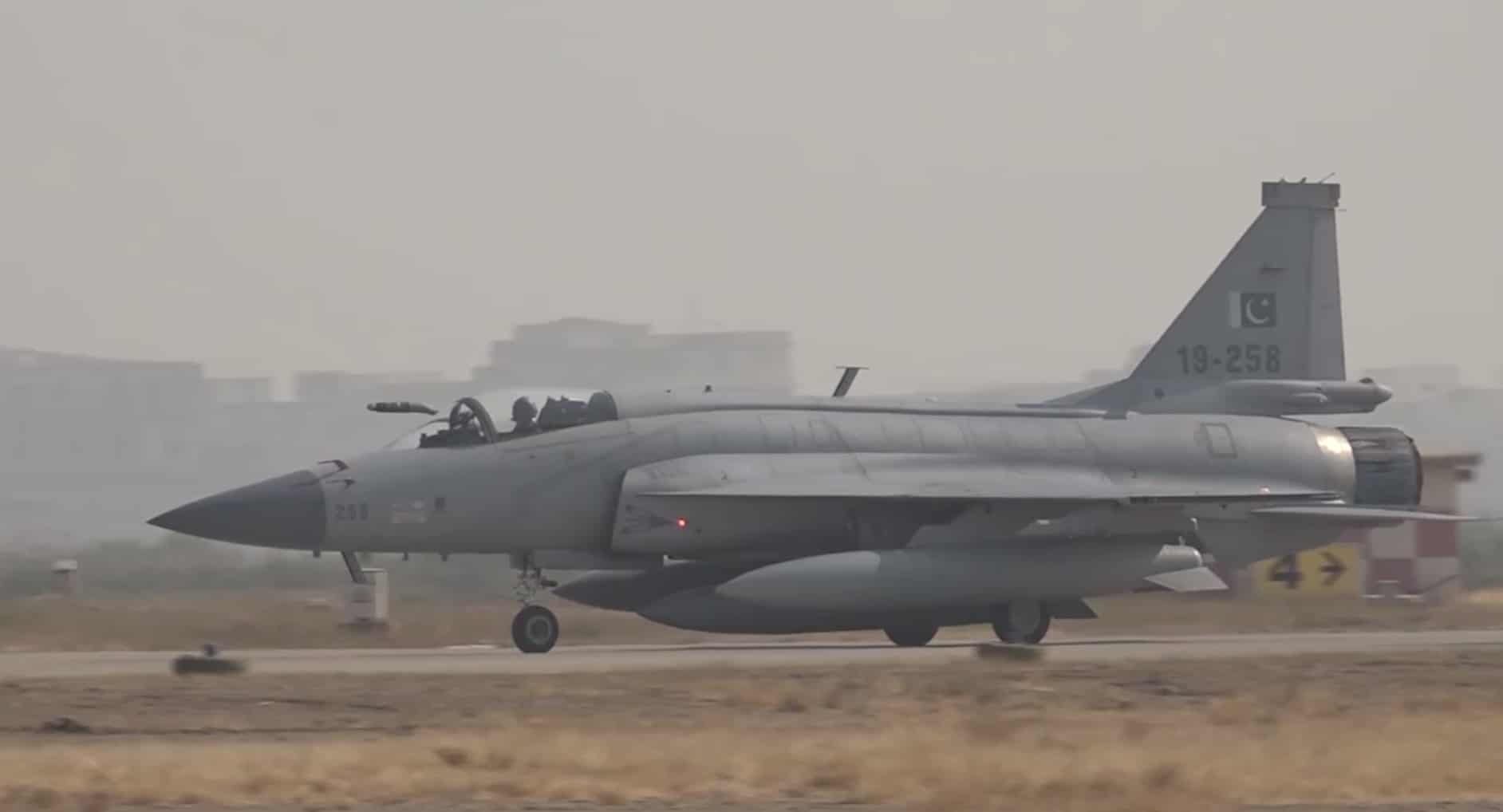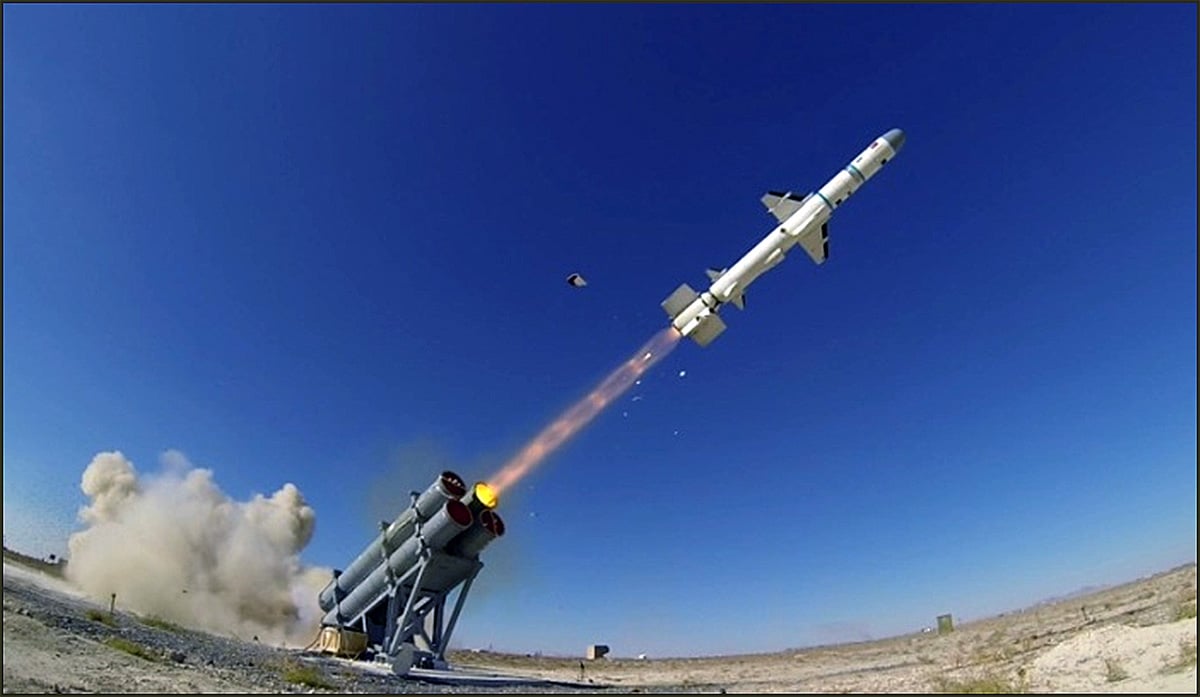2551Views 0Comments

Nigeria Will Take Delivery of JF-17 Fighters in November 2020
The Nigerian Air Force’s (NAF) Chief of Air Staff (CAS) Air Marshal Sadiq Abubakar announced that the NAF will receive its three JF-17 Thunder multi-role fighters in November 2020.
The CAS made the announcement to 2,079 new recruits of the NAF during a passing out parade in Kaduna.
Nigeria started budgeting funds for its JF-17 order in 2016 with an initial tranche of $15.88 million US. In 2017, it allocated another $68.76 million US for “platform acquisitions … for counter air, counter surface, air ops for strategic effect and air support operations.” In 2018, Nigeria set aside another $47 million US.
In March 2019, Pakistan’s Economic Coordination Committee (ECC) announced that it approved the sale of three JF-17s to Nigeria under a $184 million US contract.
The three-year gap between the time Nigeria started budgeting funds and the ECC’s approval suggests that Pakistan was waiting for payments before starting the production of the fighters.
It is likely that the NAF will follow-up this contract with a follow-on order to fully replace its legacy F-7Ni and FT-7Ni fighters. Nigeria seems to be ordering aircraft once it has sufficient cash funds for an order on-hand (i.e., not through a line of credit or loan).
However, these three initial JF-17s are from the tail-end of the Block-II’s production run. By 2021, Pakistan Aeronautical Complex (PAC) will be rolling-out JF-17Bs and JF-17 Block-IIIs. Thus, any follow-on purchase by the NAF would likely involve one of the newer JF-17 variants.
That said, the JF-17 Block-II represents a major capability jump for the NAF. In addition to beyond-visual-range air-to-air missiles (BVRAAM), the Block-II is configured for precision-strike through satellite-guided and laser-guided bombs, the C-802 anti-ship missile, and the stand-off range Range Extension Kit (REK).
Through the JF-17, Nigeria possesses one of Sub-Sahara Africa’s most well-equipped fighters (second only to, arguably, the South African Air Force’s JAS-39C/D Gripen). Even a full squadron of 16-18 aircraft would amount to a significant force capability in the region, especially if it includes the Block-III.
Air Marshal Abubakar also highlighted the NAF’s success in increasing the serviceability rates of its aircraft from 35% in 2015 to 82% today. The Pakistan Air Force (PAF) had contributed to the goal by assisting the NAF in maintaining its fleet of C-130 Hercules transport aircraft.


